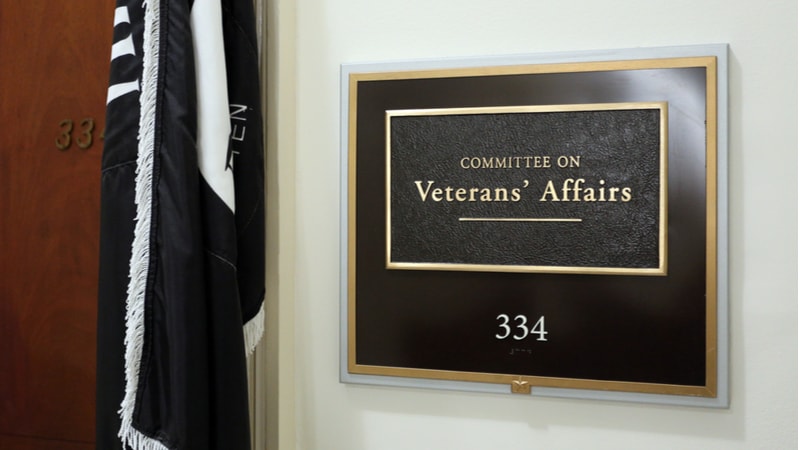
The Department of Veterans Affairs (VA) is running into delays as it works to replace its aging financial management system, but despite these setbacks, lawmakers remain optimistic that the VA’s Financial Management Business Transformation (FMBT) program will succeed.
At a House Veterans’ Affairs Subcommittee on Technology Modernization Oversight hearing on June 20, Ranking Member Sheila Cherfilus-McCormick, D-Fla., acknowledged that the FMBT program has largely gone unnoticed in recent years, which she said is “a good thing.”
“When an IT program goes well, we usually don’t hear about them,” Rep. Cherfilus-McCormick said. “Unfortunately, this program is now experiencing delays.”
The current FMBT program marks VA’s third attempt to modernize its financial and accounting systems. After a false start in 2016 and 2017, VA relaunched the program in 2018 and has since implemented the new Integrated Financial and Acquisition Management System (iFAMS) at a number of VA offices.
So far, iFAMS has been implemented at the National Cemetery Administration (NCA), a few offices within the Veterans Benefits Administration, the Office of Information and Technology, the Office of the Inspector General (OIG), and part of the Office of Acquisition, Logistics, and Construction.
“From the information we have, the system seems to be relatively successful in those offices – but there’s still reason to be concerned. These organizations only add up to a few thousand users and a small fraction of the VA’s budget,” said subcommittee Chairman Matt Rosendale, R-Mont.
The chairman explained that implementation of iFAMS in major VA organizations such as the Veterans Health Administration (VHA) and across the Veterans Benefits Administration (VBA) “keeps getting pushed out, and now it’s not scheduled for rollout until 2024 and beyond.”
However, VA officials said this schedule was set in place to ensure that the agency learns best practices from the rollouts at smaller VA offices before it moves on to the bigger ones. The agency currently has about 4,700 users on the new system and expects to have 124,910 users on the system at full deployment.
“What I will acknowledge is that obviously, VHA is the largest organization that we have yet to implement. I would also tell you that that’s by design,” said Teresa Riffel, deputy assistant secretary for FMBT at the VA. “We want to make sure that we’re addressing any improvements that we need to make with our deployment strategy before we tackle VHA.”
“We’ve purposely established the schedule in the manner that we have so that we can ensure that we’re learning from what we’ve already done, and by the time we get to VHA, we will leverage all of those improvement activities when we implement,” she added.
The VA OIG and Government Accountability Office (GAO) have flagged several areas for improvement in past reports, in order to minimize the risk of cost overruns and delays.
Nevertheless, Chairman Rosendale gave his support to the program, saying he’s “not suggesting that we have another EHRM [Electronic Health Records Modernization] here on our hands.”
“Let me be clear, I believe most of the premises of the FMBT are sound,” Rep. Rosendale said. However, he noted that it was “inexcusable and downright irresponsible” for the department’s accounting system to be “barely functioning.”
“The FMBT program has to succeed and despite some significant bumps in the road, I do believe that it can,” the chairman added. “We need to see the iFAM system rolled out to the key offices that handle the majority of the VA budget.”
Ranking Member Cherfilus-McCormick shared the chairman’s concern, noting that she does “not want to see this program suffer the same fate as other modernization programs.”
“I feel that the management in charge is very capable of succeeding, but I want to ensure she is not burdened by the lack of success of other failed programs,” Rep. Cherfilus-McCormick said. “Employees, veterans, and members of Congress have had enough with the current lack of success. I look forward to working together to ensure we have more positive outcomes in the future.”
